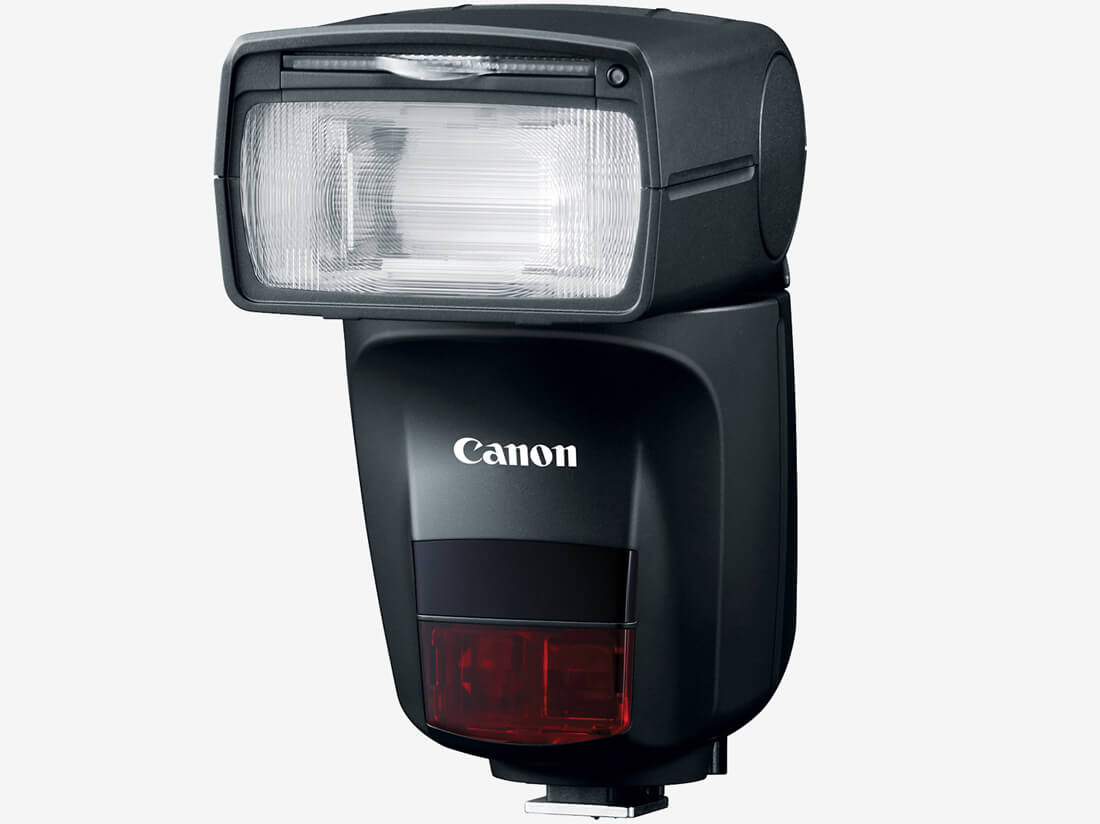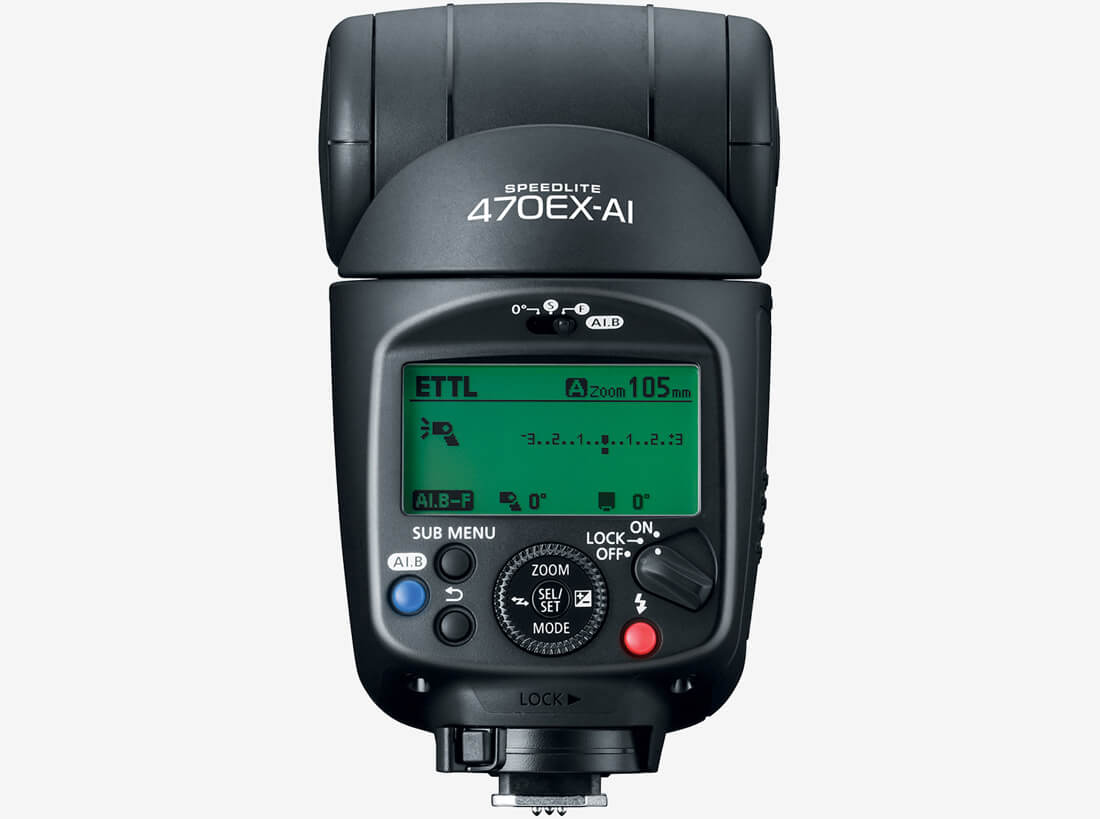Photography is one of the most challenging (yet rewarding) hobbies I’ve ever attempted. That’s especially true with portrait work as mastering how to manipulate the flash is arguably just as important as correctly dialing in other camera settings and posing your subject(s).
What’s tricky about flash photography is that every scene is different. What works in terms of lighting at one location may not generate the same results at a second location. For entry-level and enthusiast photographers, this realization can result in lots of wasted time due to trial and error.
Fortunately, Canon’s latest Speedlite may be able to help.

The Canon Speedlite 470EX-AI, as its name suggests, uses artificial intelligence to help dial in the optimal flash settings. Dubbed AI Bounce, this technology utilizes two variables – the distance between the camera and the ceiling and the distance between the camera and the subject – to automatically and intelligently determine and set the optimal angle to fire the flash.
It’s not just for newcomers, however. More advanced photographers who often alter the horizontal or vertical direction of their camera between shots can utilize the Speedlite to remember the previous bounce angle and revert back to it, even if the camera’s orientation is changed.

As Yuichi Ishizuka, president and COO, Canon U.S.A., Inc., correctly highlights, capturing images and sharing memorable moments that last a lifetime is the goal of photographers of all skill levels. DSLR cameras already feature Autofocus, Auto Exposure and Auto White Balance, Ishizuka notes, adding that the natural next step is an automatic flash system.
The Canon Speedlite 470EX-AI launches in April for $399.99.
https://www.techspot.com/news/73443-canon-new-speedlite-takes-guesswork-out-flash-photography.html